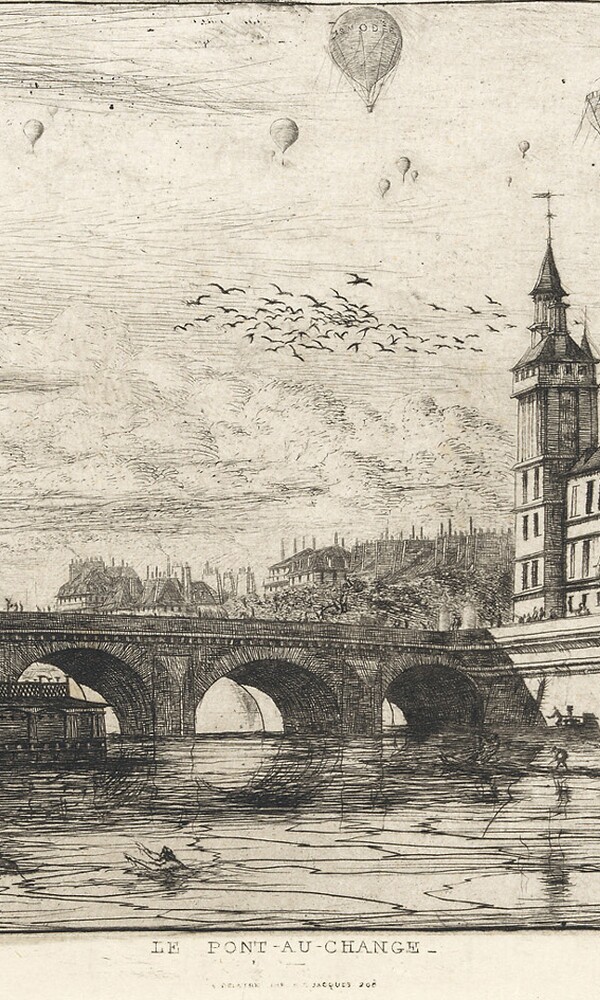The account of the life and artistic career of Charles Meryon (1821–1868), a solitary figure who died at the age of 46 after being committed to the asylum at Charenton in a state of mental derangement, contains numerous topical elements. Without calling into question the unfathomable depths of his views of Paris, Meryon can still be regarded as a child of his time. Not only was he a member of the Société des Aquafortistes, which initiated the revival of etching in France from around 1862 onwards and counted the likes of Édouard Manet among its members; his graphic work also won praise from none other than Charles Baudelaire and Victor Hugo. Meryon's exceptional status derives not least from the fact that he was among the first artists in France to rediscover and revitalise the traditional technique of etching. It is overly simplistic to state, as some surveys of the history of etching have done, that following the 1789 revolution the medium fell into a sleep lasting more than 70 years: in the 1850s, the "Piranesi of France" – as Meryon was known – used etching to depict the medieval architecture of Paris. His images often showed the city being attacked by fantastic creatures, and his ability to cast Paris in a truly visionary light supported a long-standing interpretation of his work as a kind of psychograph. While Meryon's cityscapes are indeed exceptional, they also enable us to trace the development of the etching boom in France. The current exhibition emphasises both the singularity of Meryon's imagery and his dependency on the artistic premises of his time. These two sides of the artist, which are only superficially opposed, are revealed against a background of outstanding works from our own collection, from the Hegewisch Collection at the Hamburger Kunsthalle and from the Kupferstichkabinett (Museum of Prints and Drawings) of the National Museums in Berlin.
